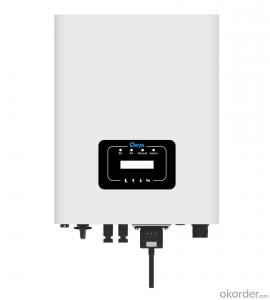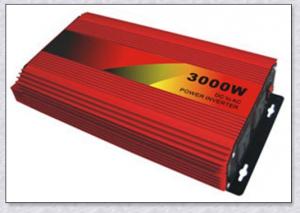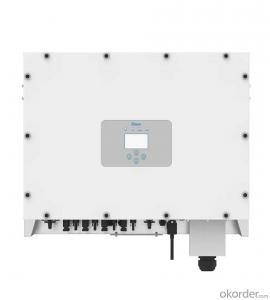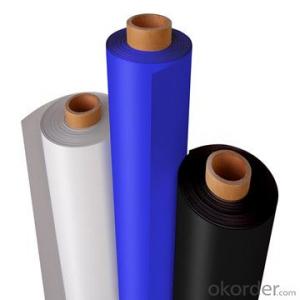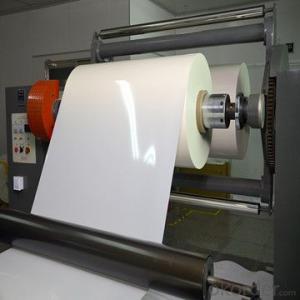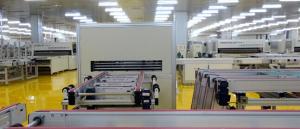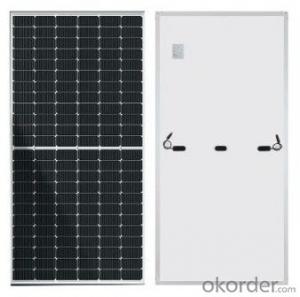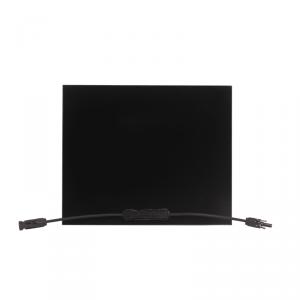Solar Edge Inverter Spec Sheet
Solar Edge Inverter Spec Sheet Related Searches
Solar Edge Inverter Specs Solar Edge Inverter Inverter Solar Edge Solar Edge Inverter Manual Solar Edge Inverter Efficiency Solar Edge Solar Inverter Solar Edge Hybrid Inverter Buy Solar Edge Inverter Solar Edge Inverter Price Solar Edge Micro Inverter Solar Edge Inverter Models Solar Edge Inverter Cost Solar Edge Inverter Sizes Cost Of Solar Edge Inverter Solar Edge Inverter App Solar Edge 3 Phase Inverter Solar Edge Inverter Uk Solar Edge Inverter Warranty Solar Edge Energy Hub Inverter Solar Edge Hd Wave Inverter Solar Edge Inverter For Sale Solar Edge Inverter Reset 10kw Solar Edge Inverter Solar Edge Inverter Lights Solar Edge Inverter Problems Solaredge Solar Inverter Reset Solar Edge Inverter Solar Edge Inverter 10kw Tesla Solar Inverter Specs Solar Edge Inverter WifiSolar Edge Inverter Spec Sheet Supplier & Manufacturer from China
Solar Edge Inverter Spec Sheet encompasses a wide range of inverters designed to optimize solar energy production and efficiency. These inverters are engineered with advanced technology to provide reliable performance, ensuring maximum power output from solar panels. They are equipped with features such as module-level monitoring, which allows for better system diagnostics and maintenance, ultimately leading to increased energy yields.The Solar Edge Inverter Spec Sheet outlines the technical specifications and capabilities of these inverters, making them suitable for various applications, including residential, commercial, and utility-scale solar installations. These inverters are designed to work seamlessly with Solar Edge's power optimizers, which further enhance system performance by managing the energy output of individual solar modules. This combination of inverters and power optimizers allows for a more efficient and productive solar energy system, reducing energy loss and maximizing return on investment.
Okorder.com is a leading wholesale supplier of Solar Edge Inverter Spec Sheet products, offering a comprehensive inventory to cater to the diverse needs of customers worldwide. With a strong commitment to quality and customer satisfaction, Okorder.com ensures that the inverters and related solar components are available at competitive prices and are shipped promptly to meet the demands of various solar energy projects. By partnering with Okorder.com, customers can be confident in the reliability and performance of their solar energy systems, backed by the expertise and support of a trusted supplier.
Hot Products


